Dairy-Free Baby Feeding
In today's world of parenting, many families are opting for dairy-free diets for various reasons, from lactose intolerance to dietary preferences. If you're embarking on the journey of feeding a dairy-free baby, rest assured, there are plenty of nutritious and delicious options to explore. In this comprehensive guide, we'll outline feeding plans, ideas, and essential nutritional information to ensure your little one thrives on a dairy-free diet.

Understanding Dairy-Free Nutrition for Babies
Before diving into feeding plans and ideas, it's essential to understand the nutritional needs of a dairy-free baby. Dairy products are a significant source of calcium, vitamin D, and protein, so it's crucial to find alternative sources to meet these needs. Fortunately, there are plenty of dairy-free alternatives that can provide the necessary nutrients for your baby's growth and development.
Calcium-rich foods such as leafy greens (e.g., kale, collard greens), fortified dairy-free milk (e.g., almond milk, soy milk), tofu, and sesame seeds can help meet your baby's calcium needs. For a closer look at calcium needs and your baby, read our full article, "Calcium: What Your Child Needs and Where to Find It." Additionally, exposure to sunlight and vitamin D-fortified foods or supplements can ensure adequate vitamin D intake for bone health.

Feeding Plan for a Dairy-Free Baby
-
Breastfeeding: If you're breastfeeding your baby and following a dairy-free diet yourself, rest assured, your breast milk will provide essential nutrients for your little one. Be mindful of hidden sources of dairy in your diet and opt for dairy-free alternatives such as coconut milk or almond milk in your coffee or cereal. For more in-depth tips on breastfeeding, check out "37 Breastfeeding Tips Every Parent Should Know."
-
Formula Options: For formula-fed babies, there are plenty of dairy-free formula options available, such as soy-based, almond-based, or hypoallergenic formulas. Consult with your pediatrician to choose the best option for your baby's needs, especially if your baby has a cow's milk protein allergy or lactose intolerance. For an excellent breakdown from a trusted source, The Formula Mom, here is an article all about Lactose-Free formula options.
-
Introduction of Solids: When it's time to introduce solids to your baby's diet, focus on nutrient-dense, dairy-free foods. Start with purees such as sweet potatoes, avocados, bananas, and squash. These foods are gentle on the stomach and packed with essential vitamins and minerals. As your baby grows, gradually introduce a variety of fruits, vegetables, whole grains, and lean proteins to provide a well-rounded diet. For a infant nutritionist-approved combo, try this Introduction to Solids Variety pack from Amara.
Dairy-Free Meal and Snack Ideas
-
Oatmeal with Fruit: Cooked oats topped with mashed berries or diced apples make for a nutritious and filling breakfast option. You can also add a dollop of dairy-free yogurt or a sprinkle of chia seeds for added texture and nutrients. Simplify breakfast with these Amara oatmeal packets with 0 grams of added sugar, jsut whole grains and freeze-dried fruit.
-
Vegetable Purees: Steam and puree vegetables such as carrots, broccoli, and spinach for a colorful and nutrient-packed meal. Mix in some cooked quinoa or lentils for added protein and fiber. To cut out all of the hassle, but none of the nutrition or taste, try this Introduction to Vegetables Pack from Amara.
-
Hummus and Veggie Sticks: For a more baby-led weaning approach, serve homemade or store-bought hummus with slices of bell peppers or spread on toast for a tasty and satisfying snack. Hummus is a great source of plant-based protein and healthy fats, while the veggie sticks provide vitamins, minerals, and fiber.
-
Quinoa Salad: Mix cooked quinoa with cooked diced vegetables (ie, carrots, butternut squash, zucchini) for a protein-rich and flavorful meal. Drizzle with a little olive oil for extra flavor and healthy fats.
-
Smoothie Bowl: For a cold treat, blend frozen fruits such as berries, bananas, and mangoes with dairy-free yogurt or milk alternatives (e.g., almond milk, coconut milk) for a refreshing and nutrient-rich spoonable experience. Not into the mess or need to talk a snack on-the-go? Try these dairy-free organic smoothie melts from Amara.

Conclusion
Feeding a dairy-free baby doesn't mean sacrificing taste or nutrition. With careful planning and creativity, you can provide your little one with a diverse and delicious diet that meets their nutritional needs. Remember to consult with your pediatrician or a registered dietitian for personalized guidance and recommendations on feeding your dairy-free baby. For a full rundown on all things dairy, check out our blog article "Dairy and Your Baby: the Why, When and How."
By incorporating these feeding plans and ideas into your baby's diet, you can ensure they thrive on their dairy-free journey from infancy and beyond. Whether you're breastfeeding, formula-feeding, or introducing solids, there are plenty of dairy-free options to explore that will support your baby's growth, development, and overall health.
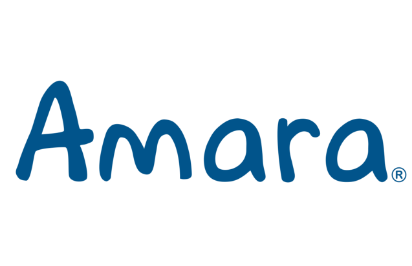
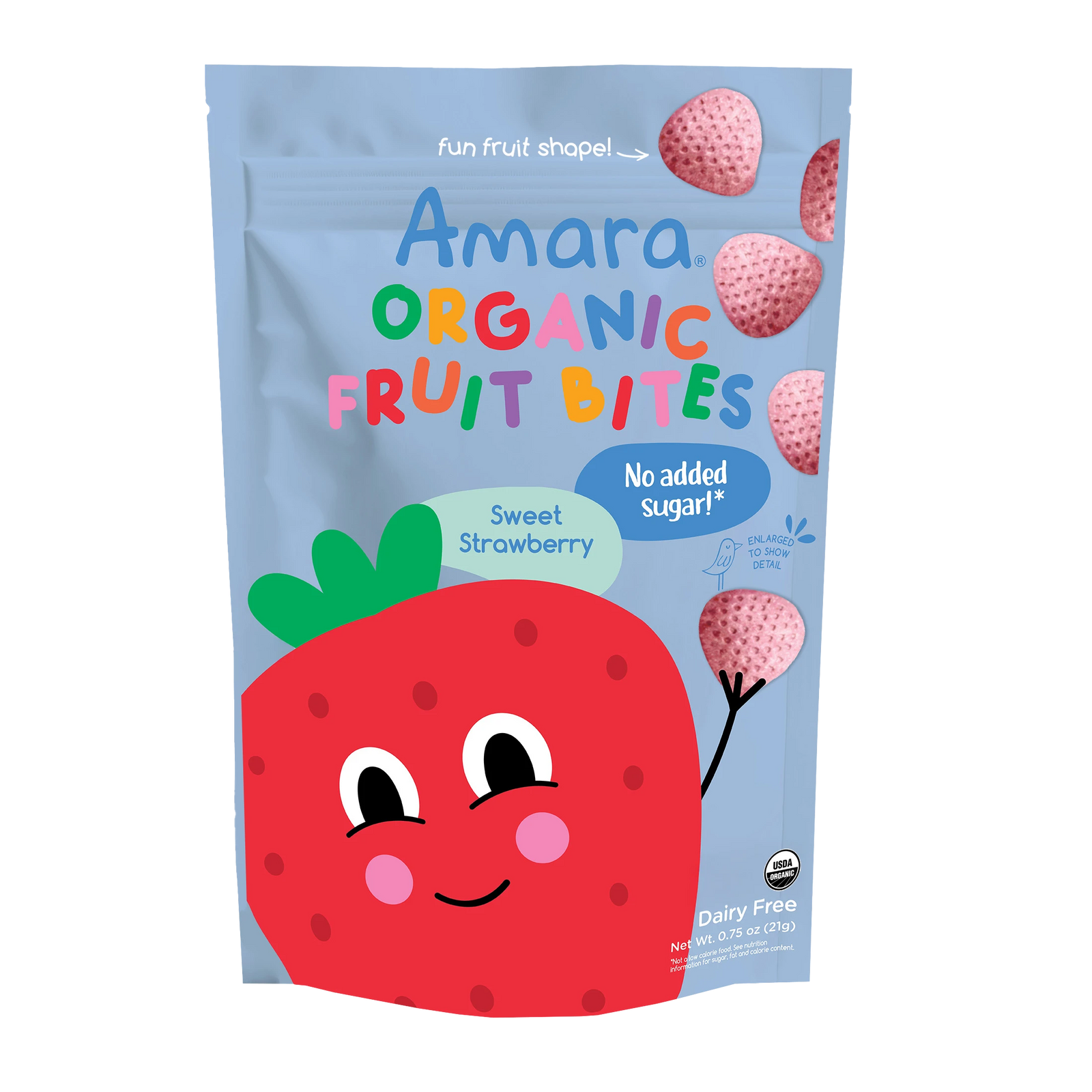



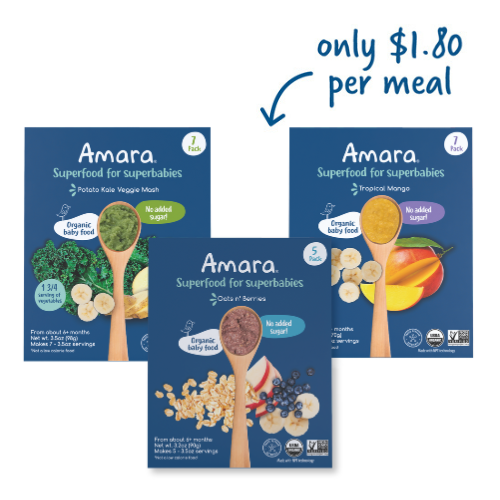
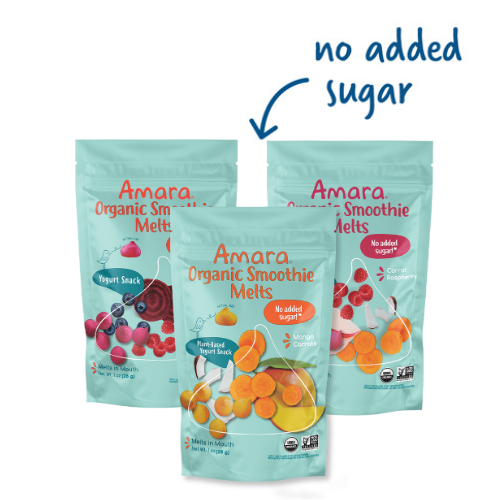
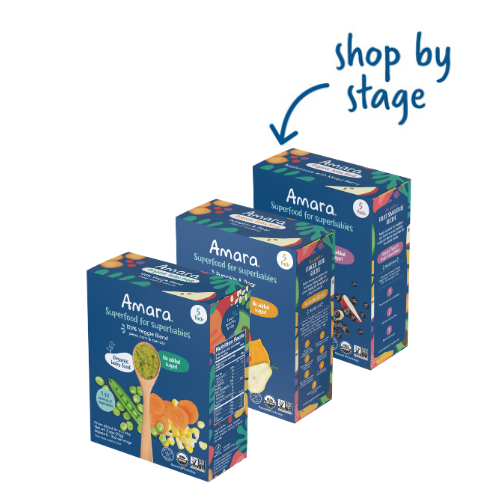
Leave A Comment